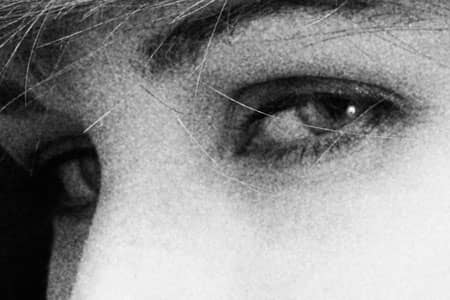- Messages
- 1,237
- Reaction score
- 1,189
- Trophy Points
- 133
For those that want to add film grain to The Hobbit, or Star Wars prequels or any ugly digital movie.
What you need is to download a film grain fragment (for example for free here:
https://pixeltoolspost.com/pages/free-film-grain )
Set this as a layer on top of your movie and set it to 'vivid light'. Copy paste it untill it covers your entire project. Set a matte track on the Grain layer to Luma.
Make a duplicate later of the movie and put this ON TOP of the film grain layer. Adjust these settings on the duplicate layer: Make it black and white -> invert it -> raise exposure to 3.0 -> Lower peak brightness to 80 -> Raise shadows to 50 and whites to -80.
Put the movie layer on the bottom, the overlay in the middle and the duplicate on top.
Changing the values of the duplicate layer will change the manner in which the film grain affects light areas of the movie, feel free to experiment but keep in mind: Real film doesnt affect very bright light areas.
Want more grain? Duplicate the grain layer and set the correct track matte layer!
Note: The bitrate for this 4k fragment is crazy high. 340 MBPs. But its needed for that crisp result.
What you need is to download a film grain fragment (for example for free here:
https://pixeltoolspost.com/pages/free-film-grain )
Set this as a layer on top of your movie and set it to 'vivid light'. Copy paste it untill it covers your entire project. Set a matte track on the Grain layer to Luma.
Make a duplicate later of the movie and put this ON TOP of the film grain layer. Adjust these settings on the duplicate layer: Make it black and white -> invert it -> raise exposure to 3.0 -> Lower peak brightness to 80 -> Raise shadows to 50 and whites to -80.
Put the movie layer on the bottom, the overlay in the middle and the duplicate on top.
Changing the values of the duplicate layer will change the manner in which the film grain affects light areas of the movie, feel free to experiment but keep in mind: Real film doesnt affect very bright light areas.
Want more grain? Duplicate the grain layer and set the correct track matte layer!
Note: The bitrate for this 4k fragment is crazy high. 340 MBPs. But its needed for that crisp result.
Last edited:




